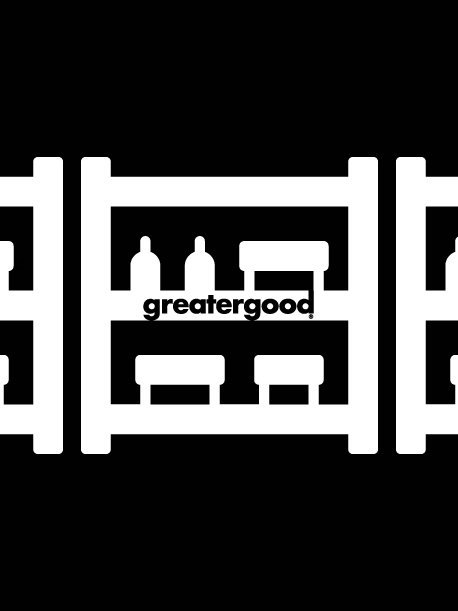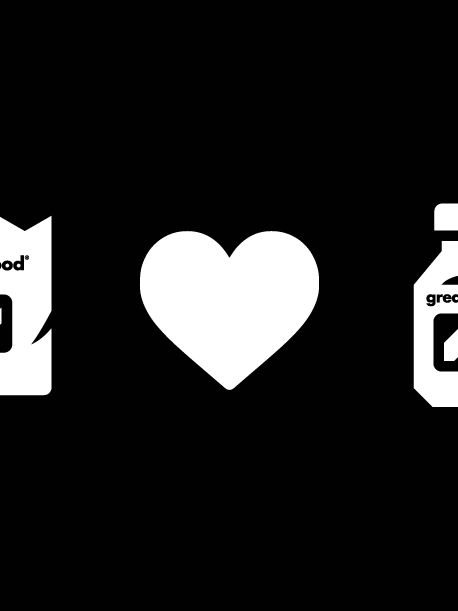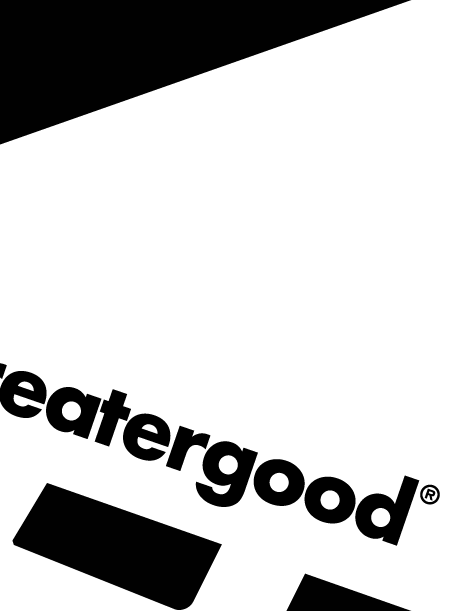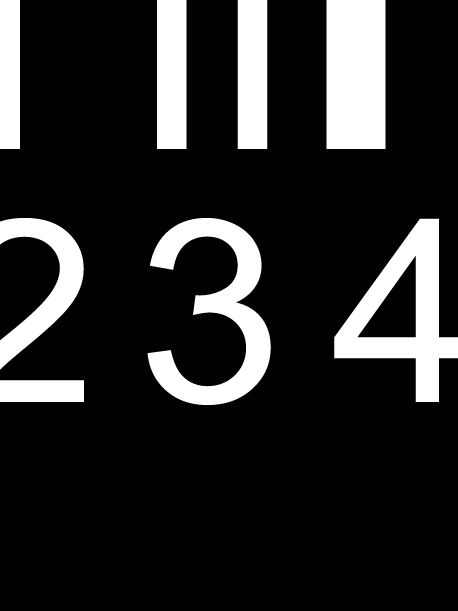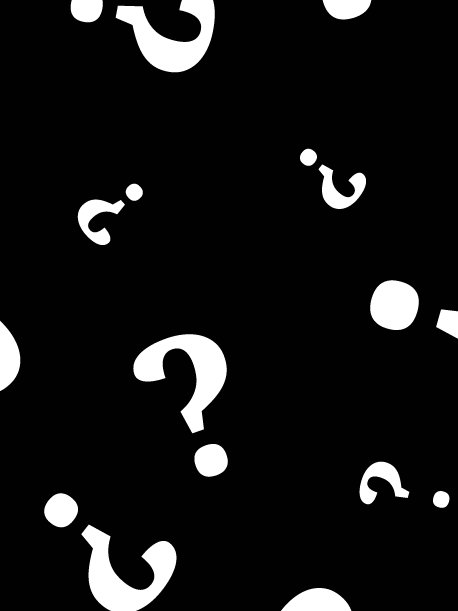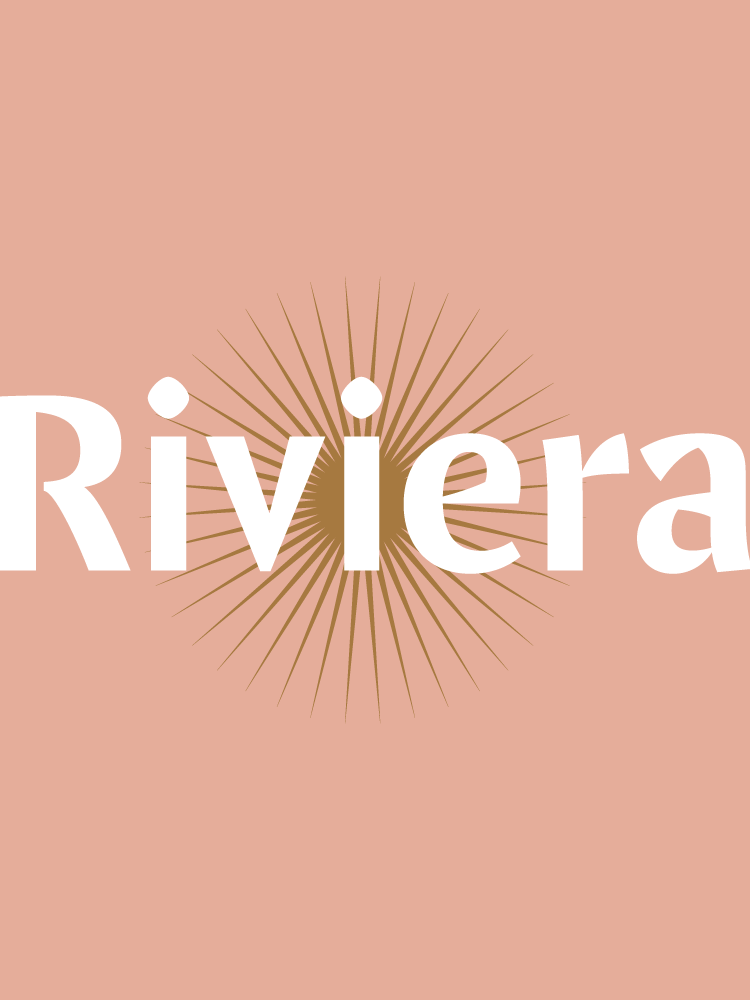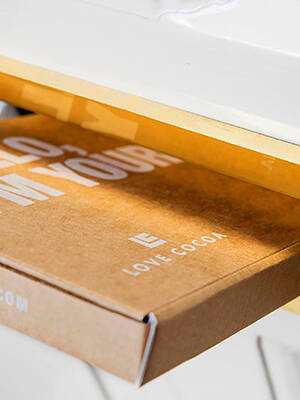A solid design brief is the key foundation of any design project. More often than not, when a project takes a wrong direction it can often be pinpointed to the initial design brief, which may not have been communicated well – or have been put into place at all.
Having a well structured and coherent brand design brief aligns both the client and the agency with a common goal.
It is used as a tool throughout the design process to refer to and question – is the brand we are creating relevant, does it meet the brief, and will this identity resonate and connect with the people it needs to?
Here we’ve shared 10 of our top considerations when writing a brand design brief...
1. Don’t just start with your current situation
We often see briefs from clients which begin with the exact same paragraph, “We are X and we do X”. Think of the bigger picture – how far has your business come? How has it changed over the years? Looking to the future – what are your objectives and how does your industry look to be moving along with it?
2. Where do you see your brand positioning?
Looking at your competition – where does your brand sit? Is your perception of your brand the same as consumers perception of your brand? Working within a brand we can often have a single-minded view or be emotionally attached – take a step back and ask for an impartial view.
3. Within your industry/market /category – who is communicating well?
A different question to your competition – but who is communicating well, who has come into the market with a different approach and reaped the benefits? Who has caught your eye and what would you consider a ‘good’ branding approach?
4. Positively associated imagery
Be upfront about the kind of imagery you feel associates with your business well – this could be anything from the use of symbols, to something more abstract like lifestyle imagery.
5. Negatively associated imagery
It’s equally important, to be honest about the kind of imagery you don’t want your business to be associated with. For example, if you work in the healthcare industry, it’s quite unlikely that a brand including a heart shape will be an own-able asset for you and cut through an industry already saturated with billions of iterations of that visual. Although this may seem blunt and hinder the design process, it can save time and costly mistakes in the long run.
6. Share your challenges and learnings so far
Share the knowledge that only you within the business have. What have been your problems with branding in the past? How has your identity been used wrong? What challenges lie in this project?
7. If you already have branding in place – what has been your feedback?
How have people responded to your brand so far? How has it been interpreted?
8. How does your branding play out across a range of touchpoints unique to your business?
A functional identity should work well across any touchpoint – however, being upfront and informative from the start will ensure success. For example – does your logo get moulded into food and need to work well in reverse even at small sizes? Do you plan on launching a translated version in other languages? Do you have colour and printing constraints?
9. What are you looking to gain from the project?
How do you see your new branding helping you to achieve your aims and objectives? How is your branding part of your bigger vision for your company?
Looking for some support with brand design?
We’ve created hundreds of brands – from global groups and bluechips, to disruptive challenger brands. Get in touch to learn how we can make your brand fit for future.
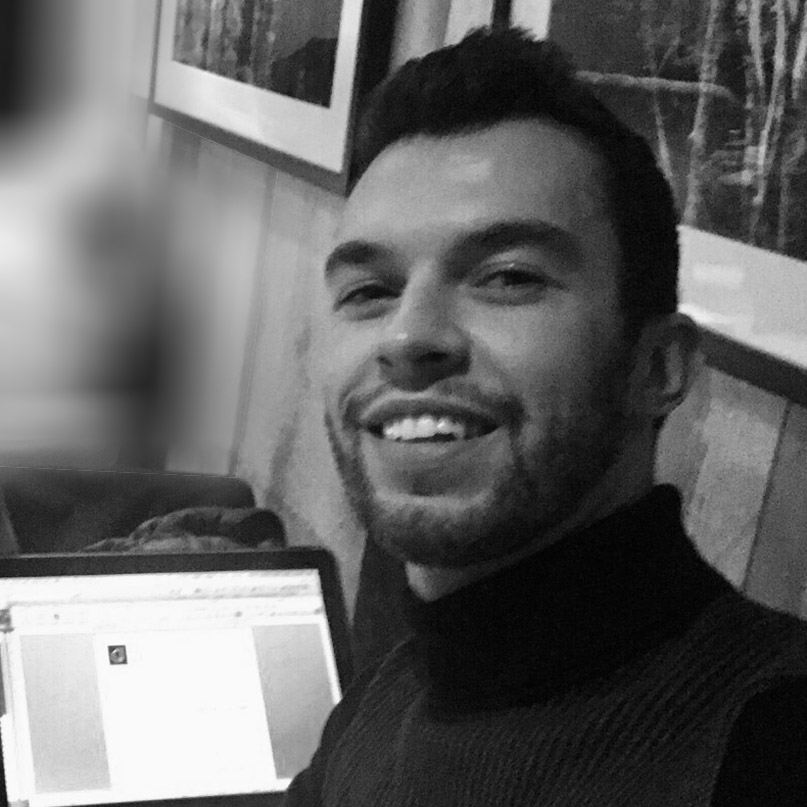
Greatergood Brands®
Daniel Hinde is the Founder & Creative Director of Greatergood Brands. Daniel has over 20 years commercial experience building brands for global household names and disruptive challenger brands.
Sign up to our building better brands newsletter
Free insights for scaling brands

